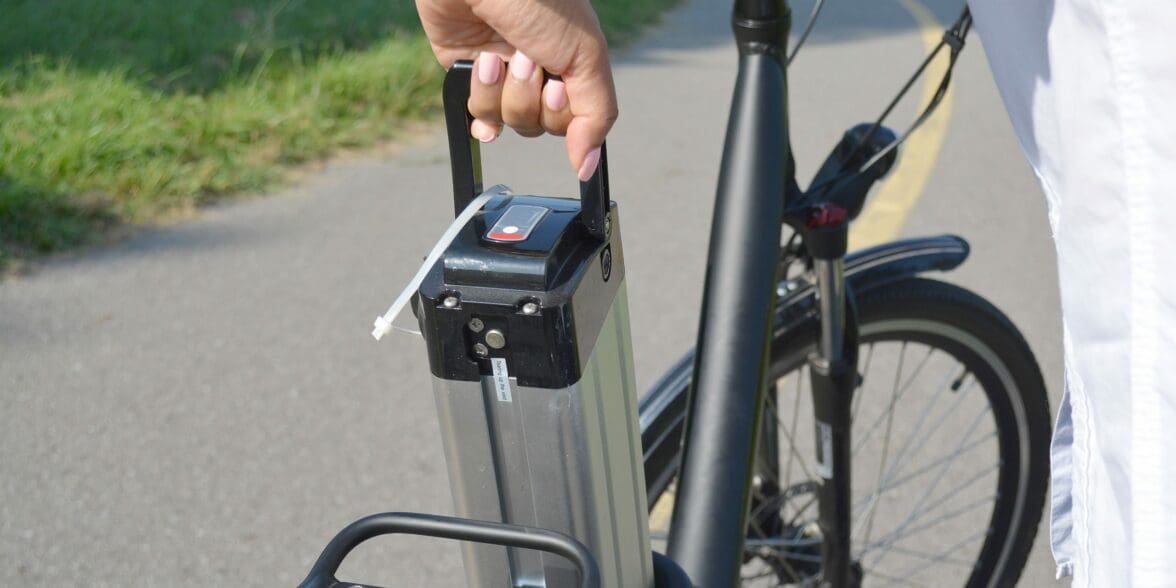With so many different electric vehicle brands and models on the market, sometimes it helps to know more about the tech in different models. This article is for those wishing to learn every type of battery found in eBikes and eScooters.
The PLEV industry has enjoyed a rapid rise in popularity, with an emphasis on quality and innovation. Many brands pride themselves on pioneering new parts and technologies for the eBike and eScooter market. Still, most models use one of three main battery types, as detailed below.
The 3 Main eBike/eScooter Batteries in Use:
Lead-Acid Batteries
First introduced in the 1800s, lead-acid is one of the oldest battery types—now often used only in cars, vans, and other larger vehicles. These batteries typically prove heavier and less reliable than their newer counterparts and also take longer to charge.
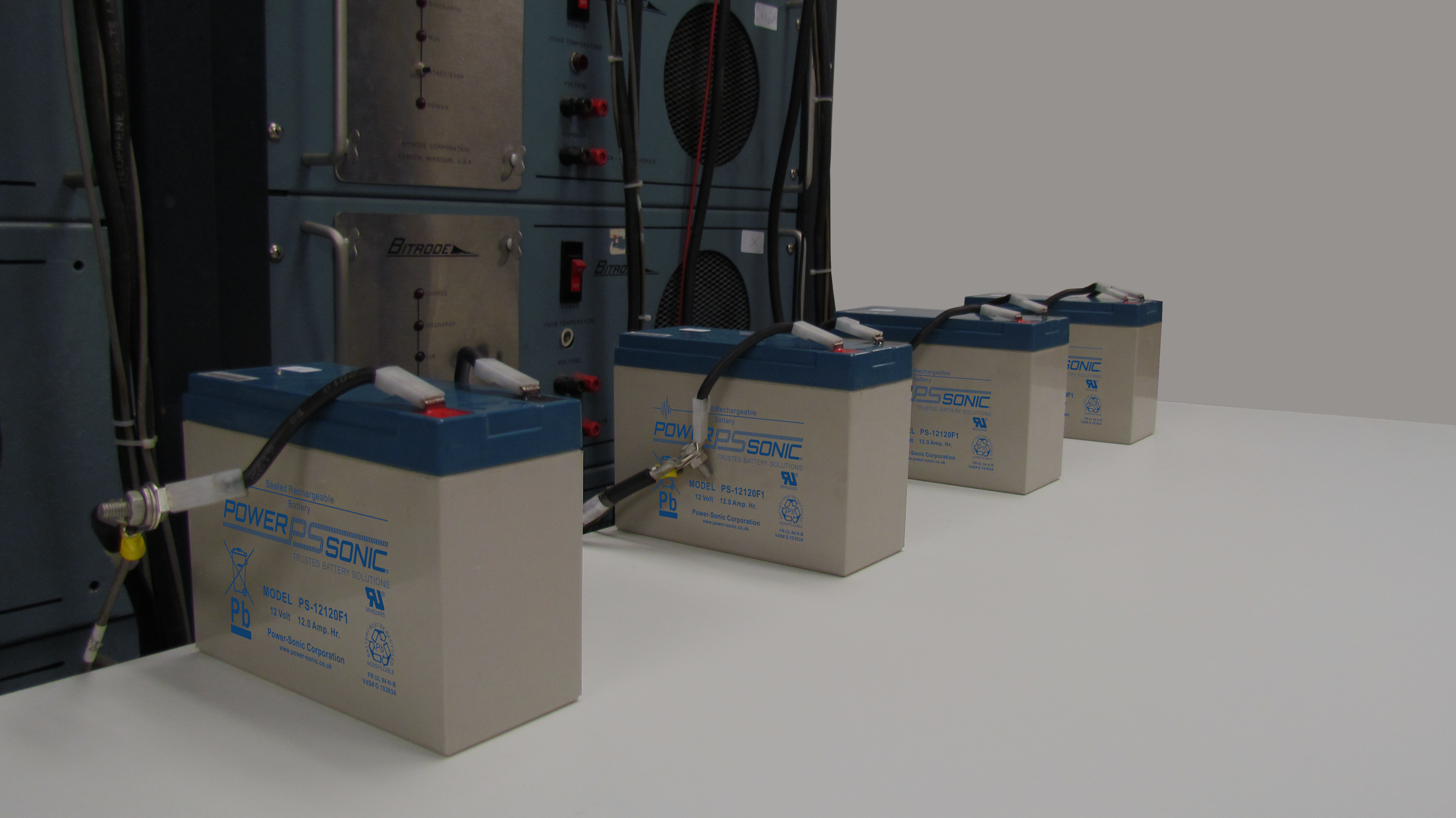
Surprisingly, we still find these batteries in budget PEVs such as Razor kids scooters. This is likely because they’re much cheaper to produce. Despite this, their energy density (weight to storage capacity) is very poor, with lithium-ion batteries achieving over 10 times the energy density in comparison.
In our experience, it is very rare to find other eScooters or eBikes using lead-acid batteries. Outside of Razor kid’s models, we wonder if any still see production at all. Many brands instead opt for lithium-ion and nickel-metal hydride batteries. Learn more about these battery types below.
Nickel-Metal Hydride Batteries
Also known as NiMH, these remain one of the most common types of rechargeable batteries used in electronics—including eBikes and eScooters. They maintain a higher energy density and contain fewer active materials, making them safer than their lithium-ion counterparts. Despite this, they are very slow to charge, often taking between 10-12 hours (depending on capacity).
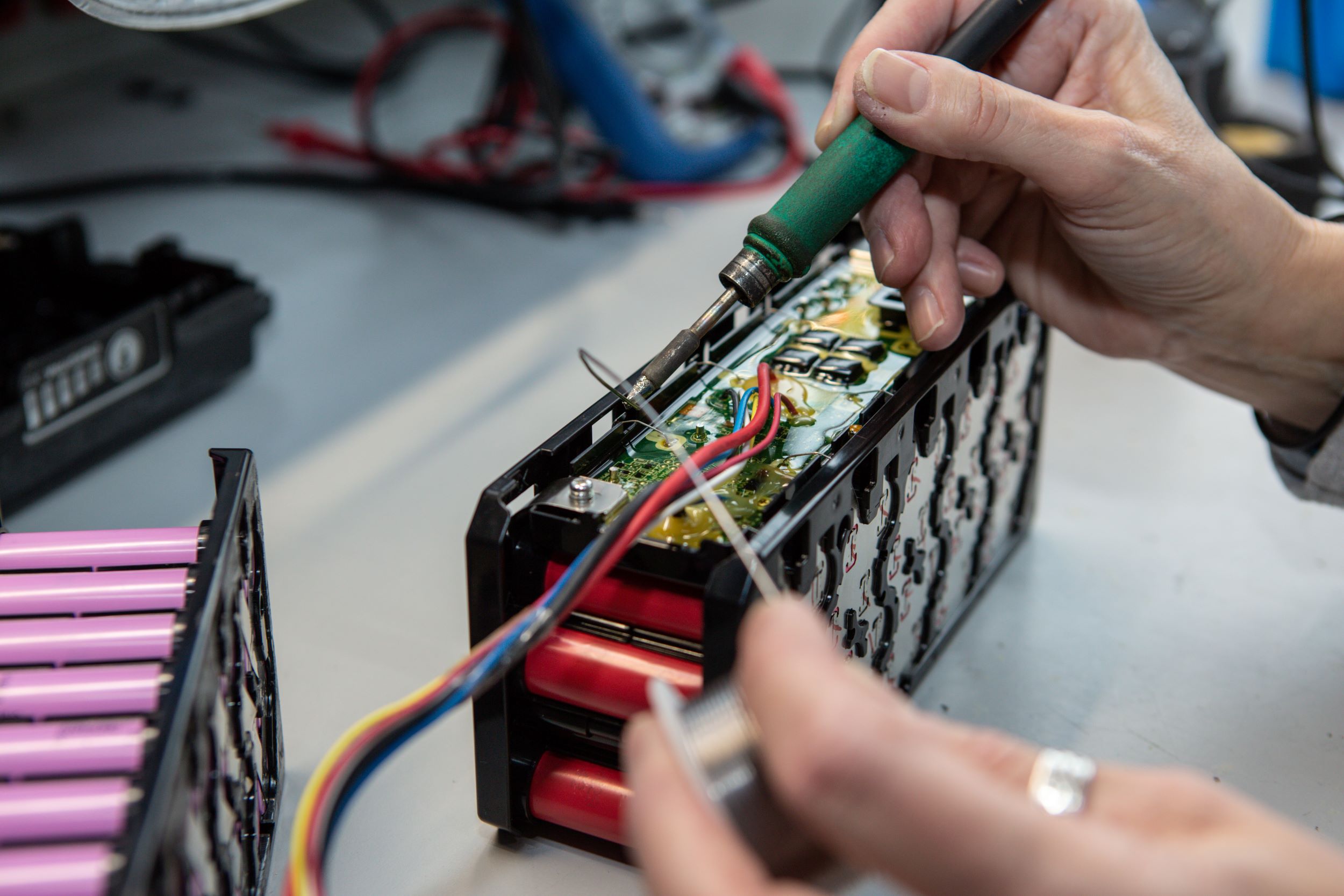
Furthermore, attempting to fast-charge nickel-metal hydride batteries can cause damage and failure. Lastly, NiMH batteries also fail to perform well under extreme temperatures, with voltage output impacted under significant heat or cold. We believe nickel-cadmium batteries (NiCd) offer the best performance when compared to other NiMH and lead-acid batteries.
Lithium-based batteries still remain the top choice for eScooters, eBikes, and even mobile phones. We’ll discuss those in greater detail below.
Lithium-Ion eBike/eScooter Batteries
Lithium-ion batteries offer the best performance for eBikes and eScooters. These batteries boast some of the best energy density in comparison to their weight, alongside a much longer lifespan and lower discharge rates. Lithium-ion battery types are always being improved upon with different chemistries and are found in almost every modern electronic device.
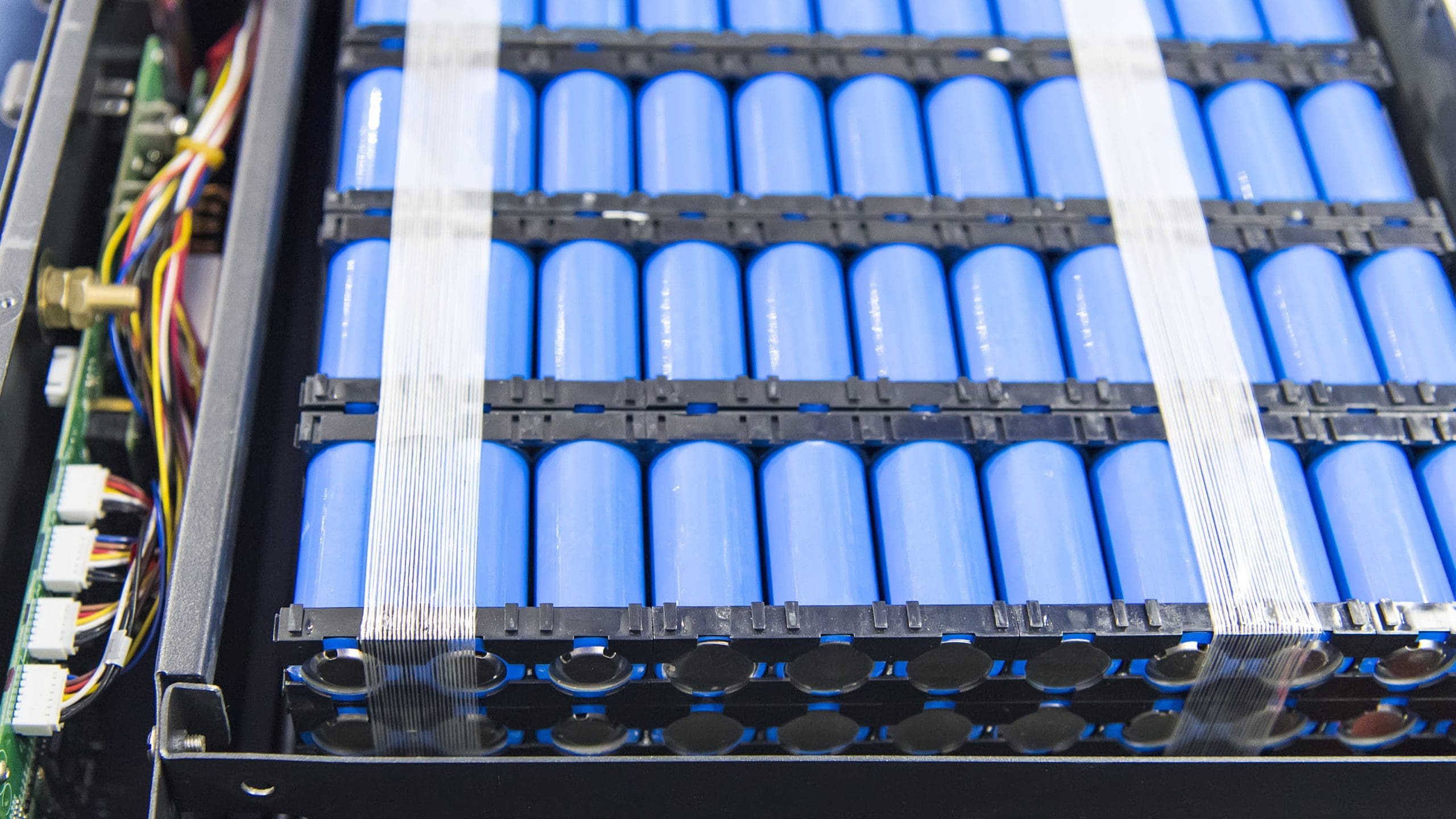
These batteries also last a lot longer than their lead-acid and NiMH counterparts and are capable of many discharge and recharge cycles without losing their storage capacity. According to studies from Battery University, lithium-ion batteries self-discharge ~5% in the first 24 hours, before losing between 1-2% per month. This is much lower than the estimated 20% per month for NiMH batteries.
On average, riders should expect approximately 400-600 charge cycles from their lithium-ion batteries before any faults arise. In short, Lithium batteries are lighter, last longer, and hold a bigger charge capacity than other options. They are the most commonly used battery cells amongst modern eScooter and eBike models and remain highly available worldwide.
Types of Lithium-Ion Batteries (Different Chemical Combinations)
There is a surprising amount of variation in lithium-ion batteries, with approximately 7 different chemistries for different use cases. For example, Lithium Manganese Oxide (LMO) is the most common kind used in computers and laptops.
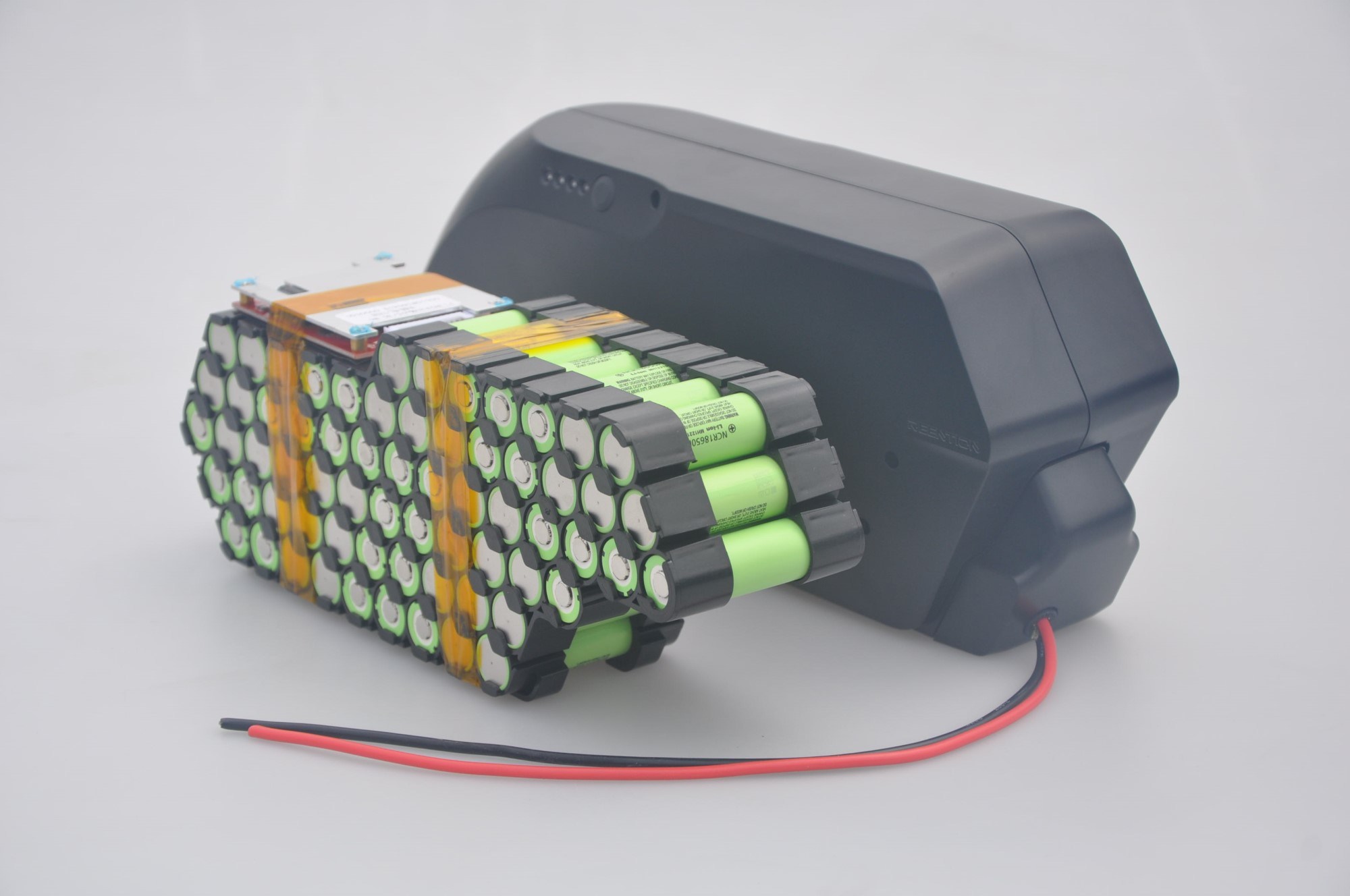
Lithium Iron Phosphate (LFP) offers greater durability, a long life cycle, and great value for money; although it does offer a slightly lower charge capacity than other lithium-ion batteries. LFP batteries are most commonly used in electric vehicles, including both PLEVs and cars. We recommend reading this article for more information on each lithium-ion battery combination.
You can see the other types of lithium-ion chemistries below:
- Lithium manganese oxide (LiMn2O4); aka: IMR, LMO
- Li-manganese Lithium manganese nickel (LiNiMnCoO2); aka INR
- NMC Lithium nickel cobalt aluminum oxide (LiNiCoAlO2); aka NCA
- Li-aluminum Lithium nickel cobalt oxide (LiCoO2); aka NCO
- Lithium cobalt oxide (LiCoO2); aka ICR
- LCO, Li-cobalt Lithium iron phosphate (LiFePO4); aka IFR
- LFP, Li-phosphate
Whilst these lithium-ion combinations remain suitable for many uses, eBike and eScooter batteries are commonly divided up into three categories: Lithium Manganese (LiMg204), Lithium Cobalt (LCo), and Lithium-ion Polymer batteries (LiPo).
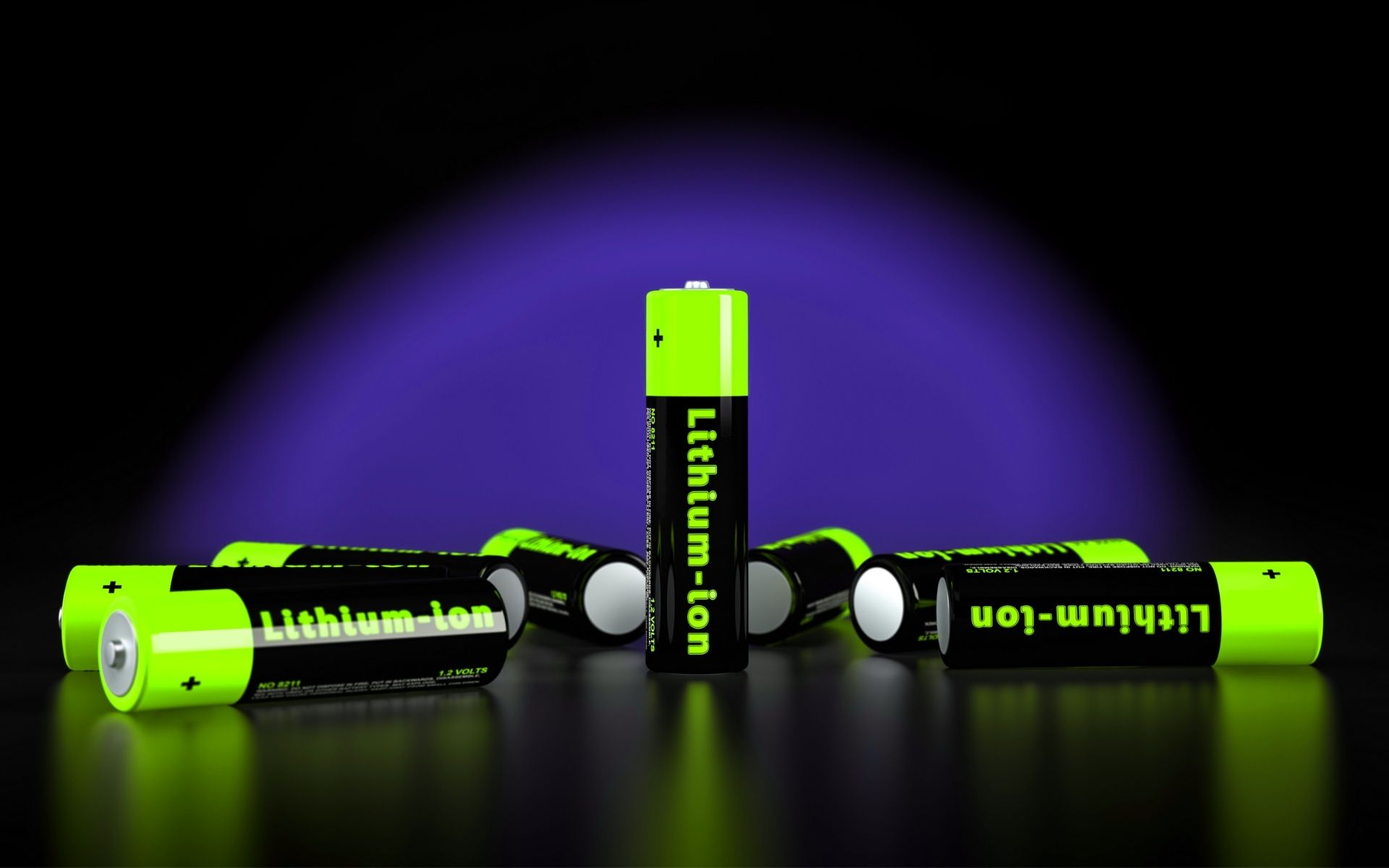
Lithium Manganese (INR/NMC/) batteries also prove to be a top pick for any ride. This type offers one of the safest and most stable chemistries, coupled with a high capacity and output current. The manganese allows for higher current output whilst maintaining lower temperatures. We found these batteries used in both WePed GT 50e and Dualtron eScooter models.
Although they cost a little more, LiMg204 batteries remain the most modern advancement and are found in hybrid/electric cars and eScooters alike. Found a good battery for your DIY build? Keep reading and learn how to calculate its average range.
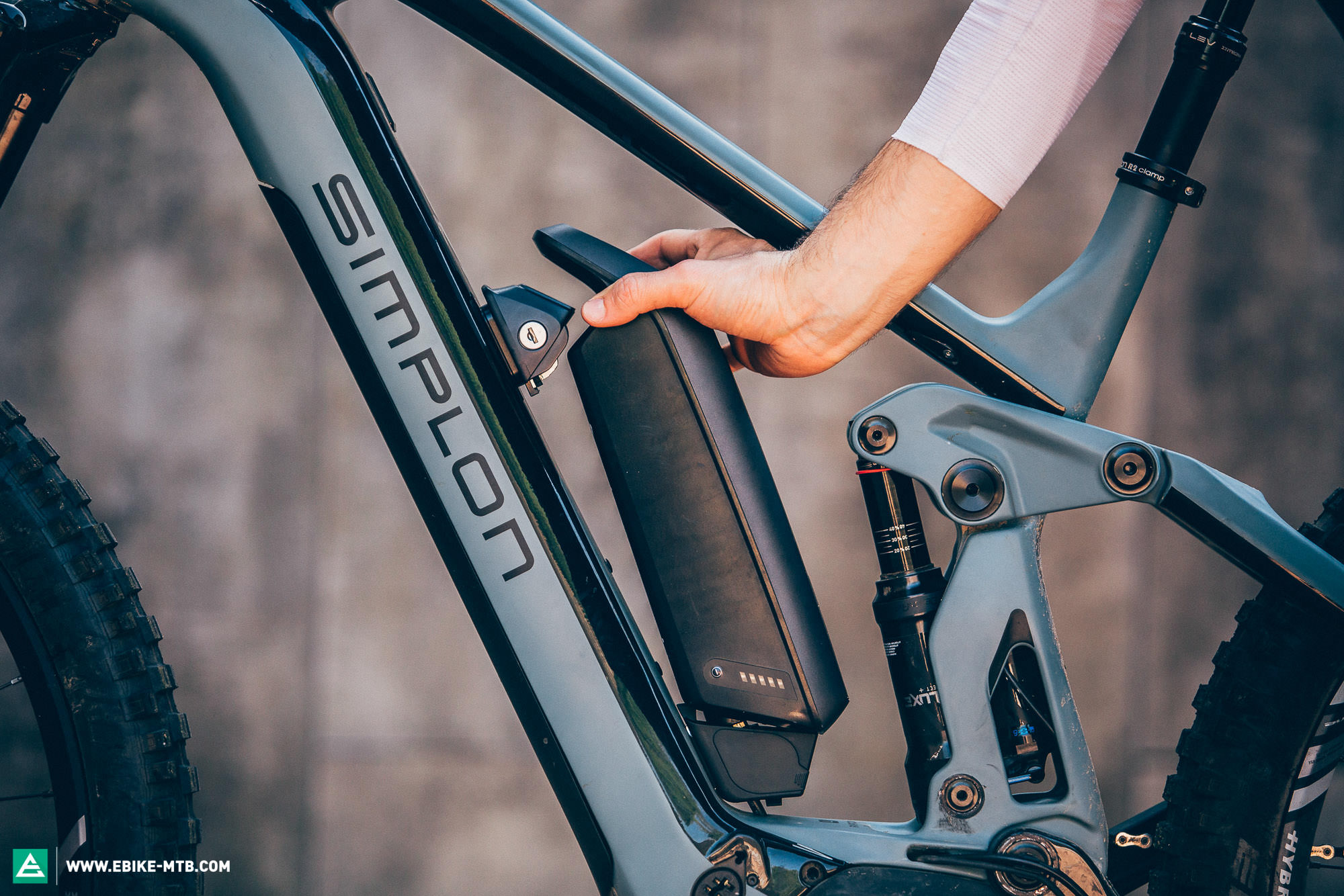


Calculating the Average Range of a Battery:
If you’ve ever found a battery without any mention of its average range or are attempting a DIY build, this section is for you. In general, calculating the average range is quite straightforward, provided you know both the Amp-Hours (Ah) and voltage (V) of your chosen battery. With this data, the formula is as follows:
Amp-Hours (Ah) x Voltage (V) = Watt-Hours (Wh)
Estimating that 1 mile of operation requires ~20 Wh, we now need to calculate the average mileage from a full charge. For example, a 14 Ah/36V battery would equal approx. 504 Wh. We now use the following formula to convert watt-hours into miles:
Watt-Hours (Wh) X 1 (mile) / 20 Wh = [Mileage]
(Example): 504 Wh X 1 mile / 20 Wh = 25 miles
With these results, we estimate that a 14Ah/36V battery will offer a range of approx. 25 miles per full charge. Although the 20 Wh average per mile may differ depending on battery type, these formulas prove a great way to double-check any anticipated performance before purchase.
Closing Thoughts
That covers the types of batteries found in almost every eBike and eScooter on the market in 2022. In all honesty, we were expecting a little more variation. Despite this, we know that many exciting developments in battery technology await us in the near future. Currently, a handful of companies reportedly use a graphene battery in their electric moped designs—although this has yet to reach the PLEV scene.
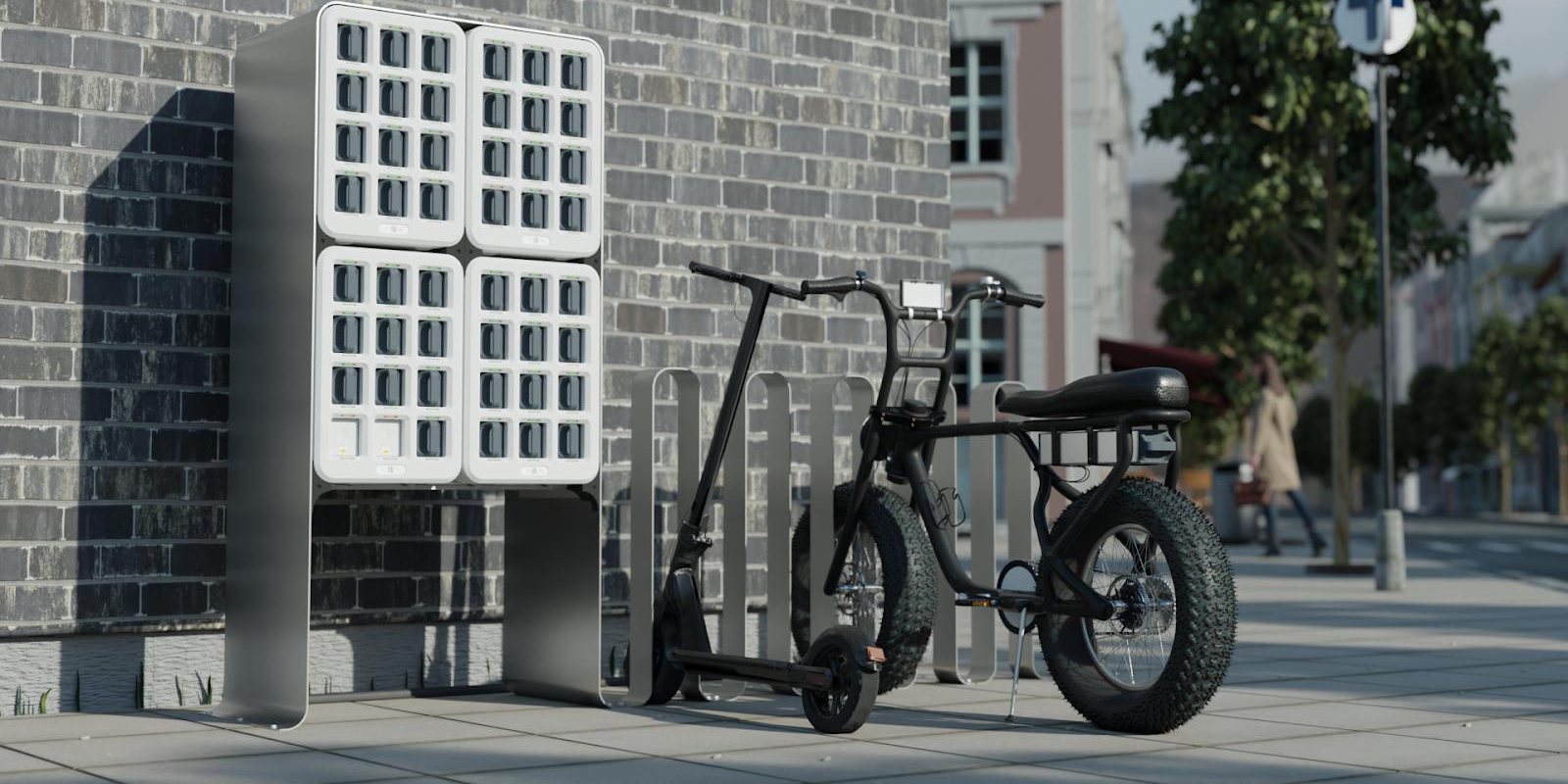


Please leave us a comment if you have a question or think we’ve missed anything—and as always, thanks for reading. Return to our PLEV news for the latest developments, or learn all about keeping your eBike safe from theft.


